Why Paint Correction Should Always Come Before PPF or Ceramic Coating
When it comes to protecting your car’s paintwork, two of the most popular options are paint protection film (PPF) and ceramic coating.
Both are excellent choices for keeping your car looking fresh, glossy, and protected from everyday wear and tear. But before either of these treatments goes anywhere near your car, there’s one crucial step you shouldn’t skip: paint correction.
Many drivers assume PPF or ceramic coating can be applied straight away, but in reality, installing these products over uncorrected paint can lock in scratches, swirl marks, or dullness permanently. If you want the best long-term results, paint correction is the foundation.
What Is Paint Correction?
Paint correction is a detailed machine polishing process that removes imperfections from the clear coat of your car. These imperfections often include swirl marks, fine scratches, oxidation, and water spots. Unlike a standard polish, paint correction works at a deeper level to restore clarity and shine.
There are different levels of correction - from a light Stage 1 polish to a full Stage 3 multi-step restoration. Which one you need depends on the condition of your paint, but the end goal is always the same: a flawless finish that looks like it’s just rolled out of the showroom.
Why Paint Correction Matters Before Ceramic Coating
A ceramic coating bonds directly to your car’s paintwork, forming a hydrophobic layer that makes washing easier and protects against environmental contaminants. But here’s the catch:
Coatings are semi-permanent. Once they cure, they lock in whatever is underneath.
If your paint has scratches or haze, the coating won’t hide them. Instead, it can make them more visible because of the added gloss.
Corrected paint enhances the effect. When the paint is already perfected, the coating deepens the gloss and reflection even more, giving that “wet look” enthusiasts love.
Think of ceramic coating like applying glass over a surface - you wouldn’t want fingerprints or dirt under the glass, because they’ll be trapped there. The same logic applies to your car’s paint.
Why Paint Correction Matters Before PPF
Paint protection film (PPF) is designed to absorb stone chips, scratches, and scuffs before they damage your car’s paint. High-quality PPF is also self-healing, meaning light marks vanish with heat. But similar to ceramic coatings, PPF is only as good as the surface it’s applied to.
PPF is transparent. Any scratches, swirl marks, or defects underneath remain visible through the film.
Edges don’t hide imperfections. A bubble-free, seamless install relies on smooth paint. If the paint surface is rough or scratched, it can cause lifting or uneven adhesion.
PPF can lock in defects. Once applied, the only way to correct the paint is to remove the film, which defeats the purpose.
Professional installers almost always recommend a level of paint correction before PPF, even on brand-new cars, because new paintwork can still come with factory imperfections or transport damage.
The Benefits of Combining Paint Correction with Protection
When you combine paint correction with ceramic coating or PPF, you get the best of both worlds: a flawless finish and long-lasting protection.
Enhanced appearance: Corrected paint reflects light evenly, and when sealed with coating or PPF, it looks richer and deeper.
Longer-lasting results: By starting with a smooth, corrected surface, coatings bond more effectively, and PPF adheres more securely.
Preserved value: Cars that have undergone correction plus protection tend to hold their condition (and value) far better, especially for resale.
Peace of mind: Knowing the paint beneath is flawless means you don’t have to worry about trapped defects resurfacing later.
Do New Cars Need Paint Correction?
One of the biggest misconceptions is that new cars don’t need paint correction before PPF or ceramic coating. In reality, many brand-new cars arrive with light swirl marks, dealership wash damage, or even sanding marks from the factory.
Skipping correction means those defects get locked in from day one. Investing in correction first ensures your car’s protective layer seals in perfection, not imperfection.
How to Choose the Right Level of Paint Correction
Not every car needs a full Stage 3 correction before protection. The right choice depends on how much work your paint needs:
Stage 1 Paint Correction - Perfect for new or well-kept cars that just need gloss enhancement.
Stage 2 Paint Correction - Ideal for cars with moderate swirl marks and scratches, balancing correction and time.
Stage 3 Paint Correction - Best for older, heavily marked cars or those needing concours-level restoration.
A professional detailer will assess your paint under proper lighting and recommend the right approach before applying any protective treatment.
Final Thoughts
If you’re investing in ceramic coating or paint protection film, it makes sense to prepare your paint properly first. Without paint correction, you risk sealing in scratches, swirl marks, and dullness that could have easily been removed. With it, you get a flawless finish that looks incredible on its own and even better when protected for years to come.
Want to know which correction and protection package is right for your car?
Explore ourPaint Correction services orget in touch with us here to book a consultation.




